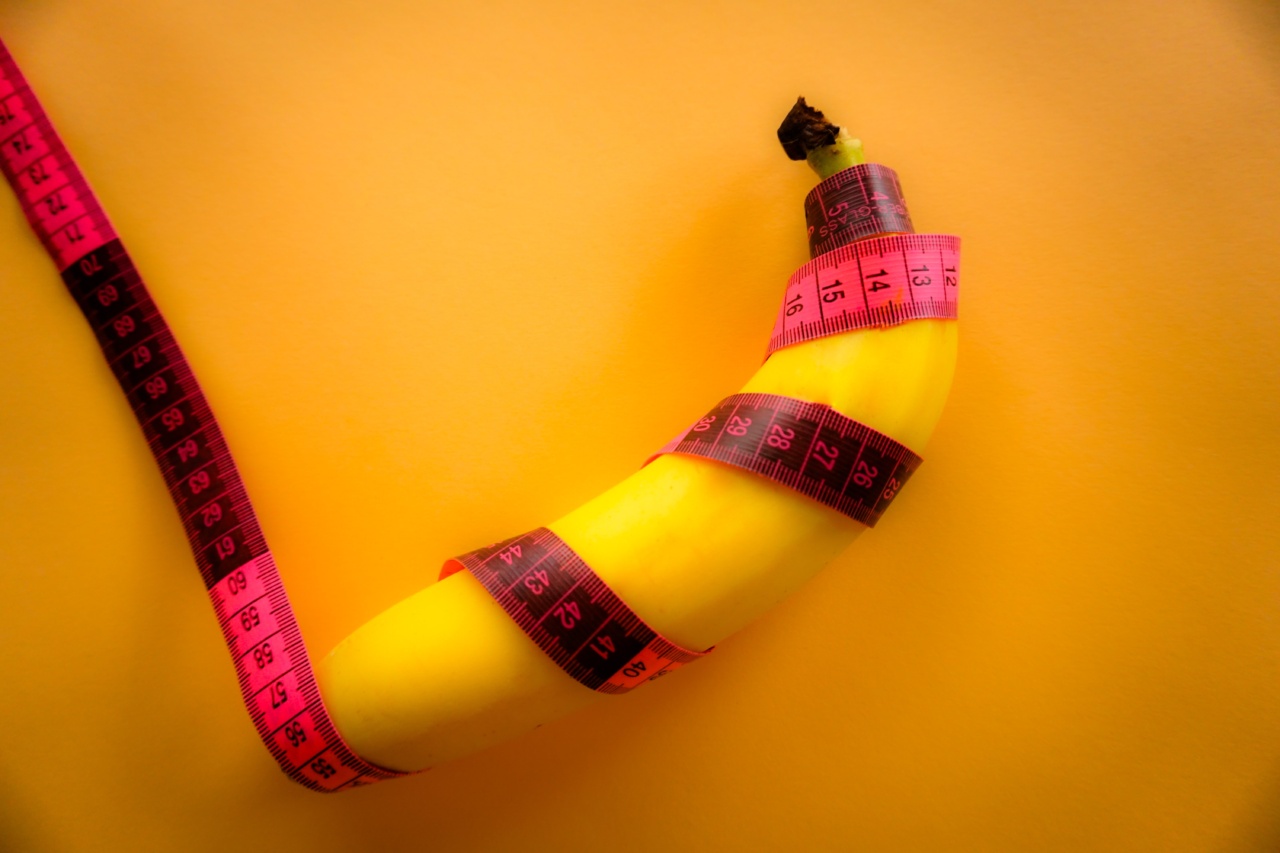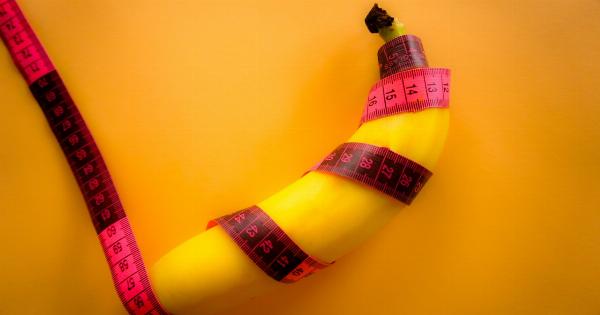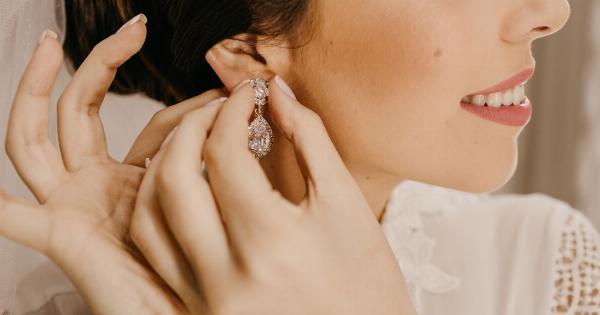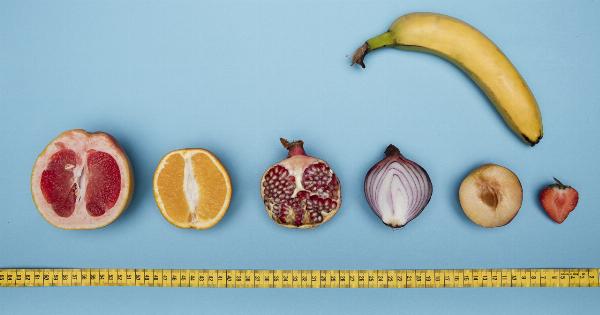One of the most commonly debated topics surrounding male anatomy is the correlation between finger length and penis size. Many people believe that the length of a man’s fingers can provide insights into the length of his penis.
But is there any scientific evidence to support this claim, or is it just a myth? In this article, we will delve into the research and shed light on this controversial topic.
Understanding the theory
The theory behind the correlation between finger length and penis size stems from the notion that both are influenced by prenatal exposure to testosterone.
It is believed that the level of testosterone exposure in the womb affects the development of both the fingers and the genitals.
The role of digit ratio
The digit ratio refers to the relative lengths of the index (2D) and ring (4D) fingers. Studies have suggested that a lower digit ratio, where the ring finger is longer than the index finger, may be associated with higher prenatal testosterone exposure.
On the other hand, a higher digit ratio, with a longer index finger, suggests lower prenatal testosterone levels.
The research findings
Several research studies have explored the potential link between finger length and penis size. However, it is important to note that these studies have produced mixed results, and their methodologies have faced criticism.
Study 1: The Korean Study
In a study conducted in South Korea, researchers measured the finger lengths of 144 men and compared them to their penis sizes. They found a weak correlation between the index-to-ring finger ratio and penis size.
However, this correlation was not strong enough to establish a reliable relationship.
Study 2: The Brazilian Study
A study carried out in Brazil measured the finger lengths and penis sizes of 214 men. The researchers found no significant correlation between finger length and penis size, suggesting that finger length alone cannot accurately predict penis size.
Study 3: The British Study
Another study conducted in the United Kingdom examined 1,500 men and found no apparent association between finger length and penis size. The researchers concluded that finger length is not a reliable indicator of penis size.
Other factors influencing penis size
Although finger length may provide some insights into prenatal hormone exposure, it is crucial to note that various factors influence penis size, and it cannot be accurately determined based on a single aspect.
Genetics, hormonal balance during development, age, and overall health are all known to play significant roles in determining penis size.
Additionally, factors such as weight, body mass index (BMI), and pelvic bone structure can influence the appearance and size of the penis.
The psychology behind the fascination
The obsession with penis size has deep psychological roots. Society places great emphasis on the idea that larger is better, which leads to anxieties and insecurities among men with perceived inadequacy.
This societal pressure perpetuates the interest in finding unconventional ways to predict penis size, such as the finger length theory.
Conclusion: No definitive correlation
In conclusion, despite the popular belief that finger length can determine penis size, scientific evidence fails to establish a reliable correlation.
While finger length may provide insights into prenatal testosterone exposure, it cannot accurately predict penis size. Understanding that multiple factors influence penis size is crucial to dispel myths and promote body positivity and self-acceptance for all individuals.



























